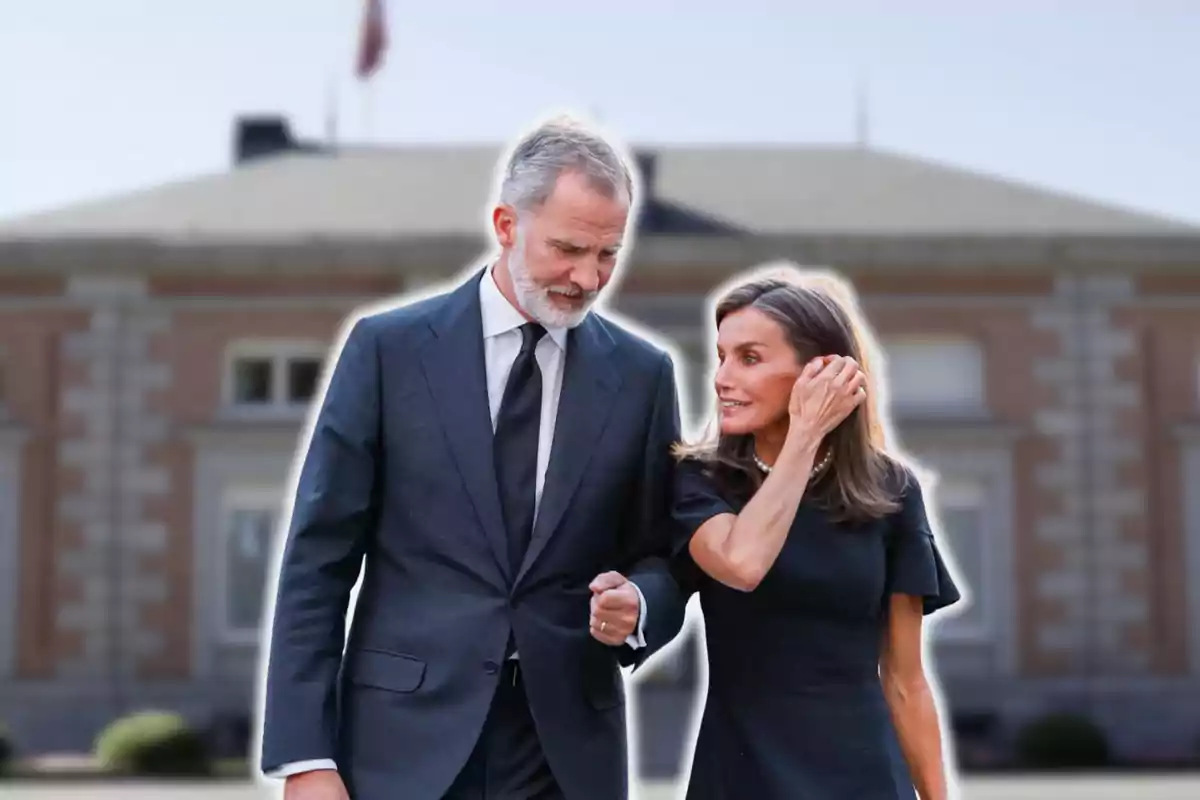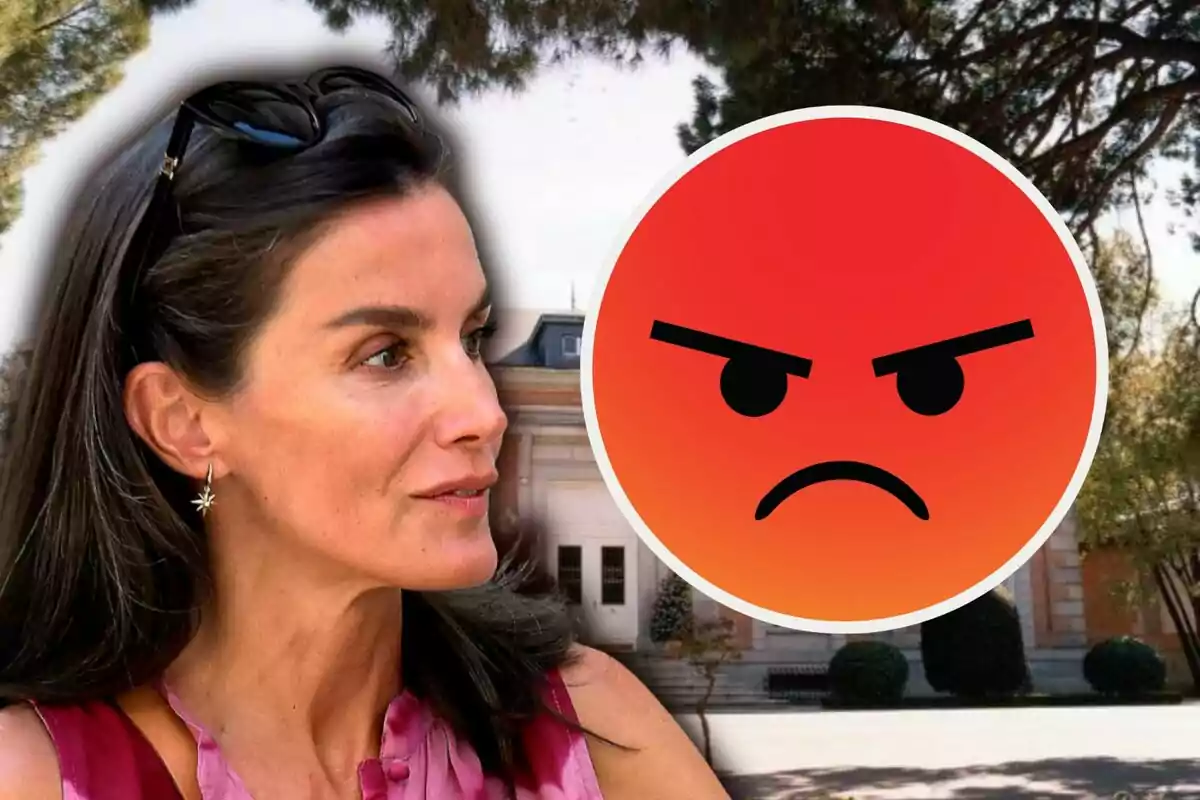Spanish Queen Letizia Ortiz, a central figure in a royal family marked by controversies, has navigated events that question the relevance of the Bourbons in today's society. Incidents such as visits to crisis zones have exposed tensions, reminding how the Royal House handles risks with opacity. These episodes invite reflection on the guidelines that govern protection, in a context where criticism of the institution doesn't cease.
The Bourbons have accumulated criticism for their handling of privileges, from Juan Carlos I's corruption cases to the perception of disconnection from citizens' reality. Letizia, in trying to modernize the image, clashes with traditions that seem anachronistic. Her approach, although supposedly accessible, raises doubts about whether it really brings the monarchy closer or just covers up deep problems.
The order that reveals the rigidity of Bourbon protocols
A specific directive from Queen Letizia to her bodyguards has come to light: intervene without delay if someone invades her personal space, such as touching her waist in photos or greetings. This measure, coordinated by Miguel Ángel Alarcón, head of security, highlights the rigidity of a system that prioritizes distance over empathy. Working with the Guardia Civil and specialized police, the team acts with surgical precision, removing any inappropriate contact.

However, in a family like the Bourbons, criticized for their opulence in times of austerity, this order fuels perceptions of elitism. Body language experts, such as Jordi Reche, have examined these moments in recent publications, highlighting how the guards communicate via earpieces to anticipate. Reche, in analyses shared in specialized magazines, criticizes that such protocols perpetuate an invisible barrier, distancing royalty from a people who demand transparency. The directive, although justified by security, contrasts with past scandals that have undermined the institution's credibility.
Background that questions the effectiveness of royal security
Similar rules apply in other monarchies, but in Spain they take on a critical nuance given the Bourbon history. Kate Middleton avoided contact with Tom Cruise by changing her purse, while Elizabeth II rejected a hug from Hugo Chávez. These examples illustrate traditions where touch is only allowed if the royal initiates it, limited to formal greetings. However, the Bourbons face greater scrutiny due to cases such as Juan Carlos I's exile for corruption, which questions whether security protects the family or their secrets.
Análisis no verbal del recibimiento de la Reina Isabel a Hugo Chávez
In Paiporta, last November, tensions with thrown objects put the system to the test. The bodyguards used umbrellas as shields, but Letizia's decision to stay despite risks caused criticism for unnecessarily exposing public resources.
Analysts such as María José Gómez Verdú point out on social media that these protocols, inspired by British models, ignore the Spanish context, where the monarchy struggles for legitimacy. Verdú compares with rules that even avoid direct eye contact, criticizing their anachronism in the 21st century.

Official responses and the echo of criticism in society
The Royal House keeps silent about details, an opacity that fuels criticism of the Bourbons for lack of accountability. Internal sources confirm the order as standard, but in risk assessments that cost millions (€) to the public treasury. Statements in the media emphasize coordination, but omit the impact on popular perception. In a country with inequalities, such measures are seen as unfair privileges.
Reactions on social media vary, with users questioning whether this rigidity further distances the monarchy. Recent posts highlight videos of interventions, generating debates about elitism. Journalists such as Patrycia Centeno analyze how Letizia, despite breaking protocols in humanitarian gestures, reinforces barriers that perpetuate criticism of the Bourbons.
The uncertain future of a monarchy under constant scrutiny
In essence, Letizia's order underscores limits that protect but also isolate the Bourbons on a criticized pedestal. With precedents such as Paiporta and expert opinions, this directive exposes tensions between security and closeness. Historical scandals worsen the perception of a disconnected family.
Will the Bourbons be able to reform before criticism erodes their base? Time will tell, but for now, these measures invite questioning of their role.

